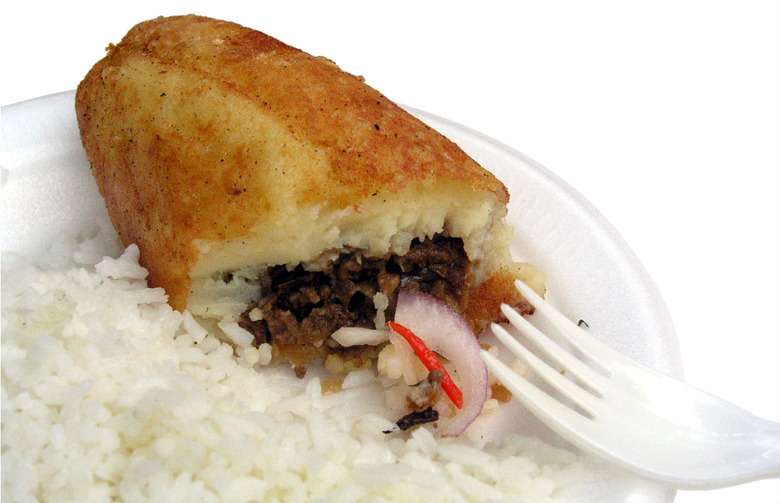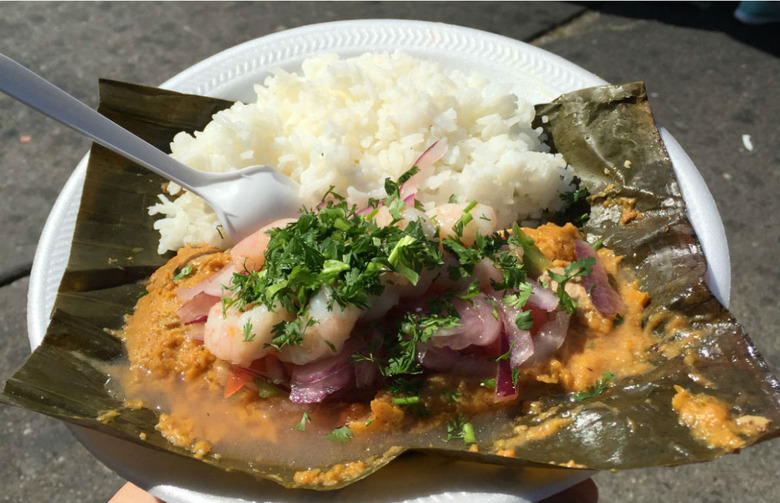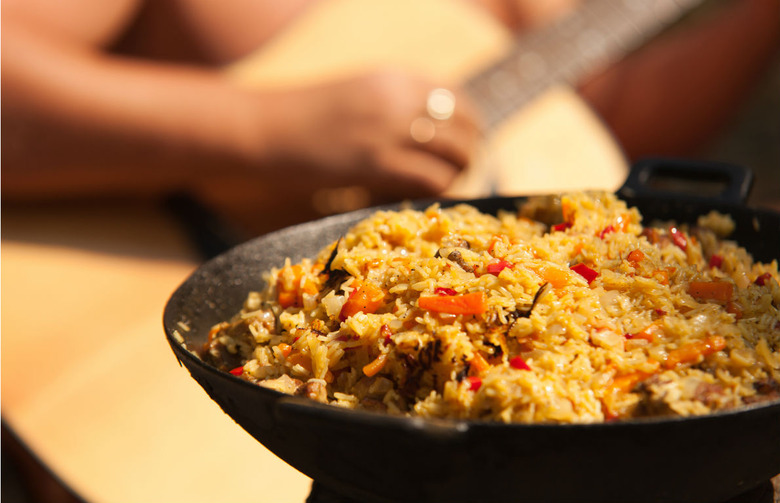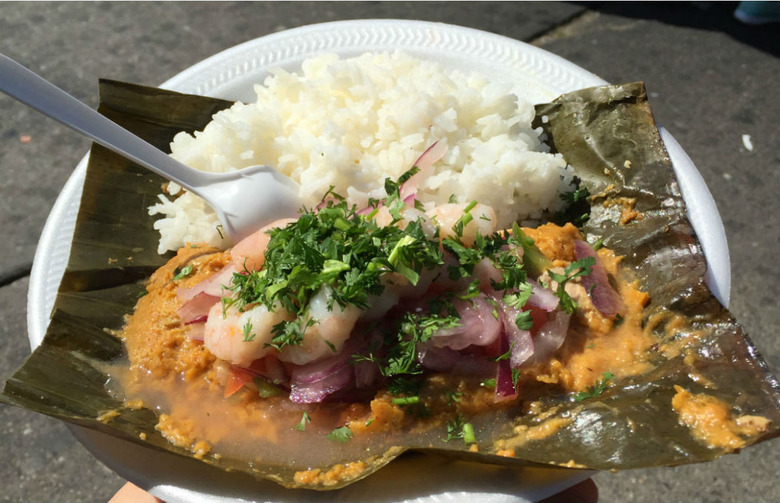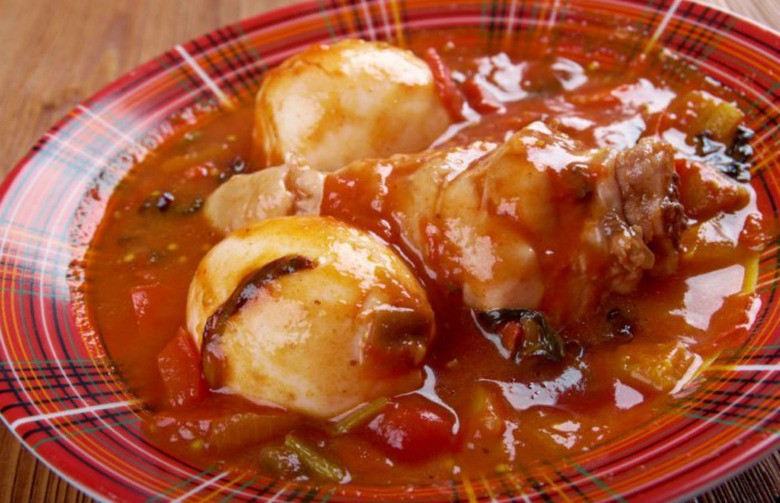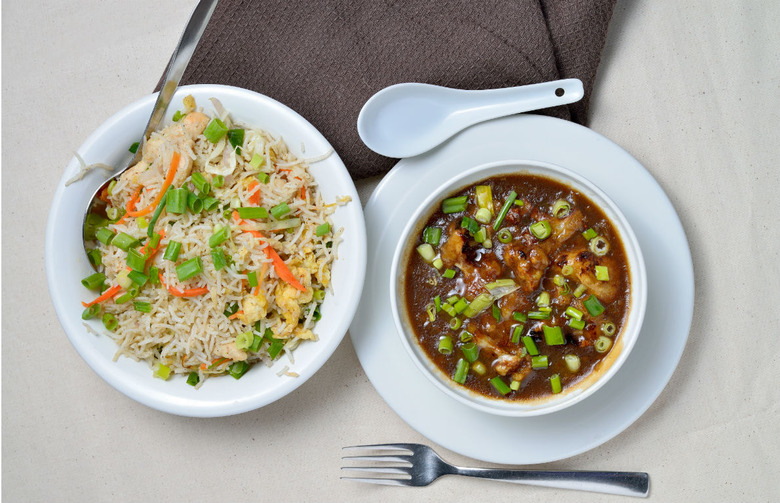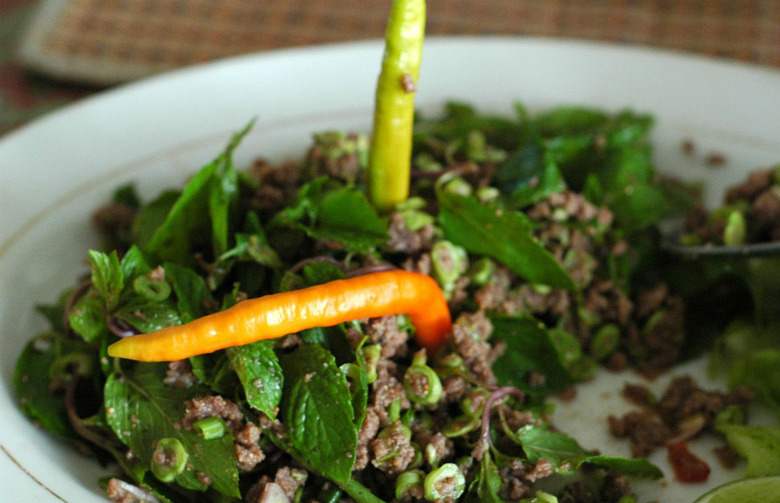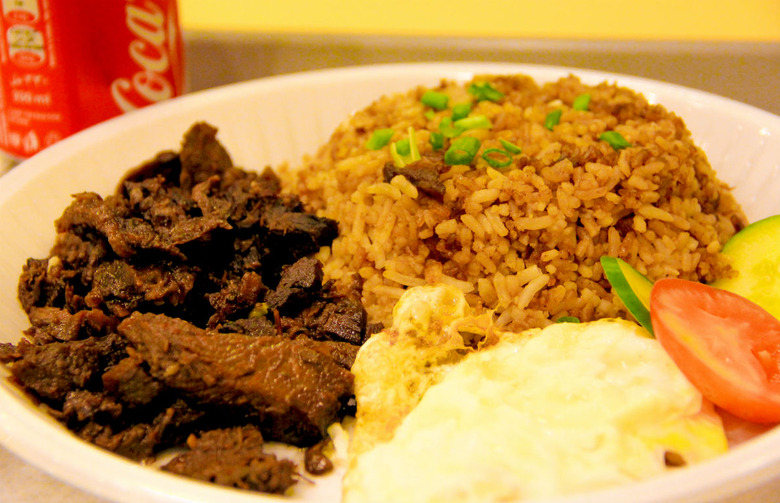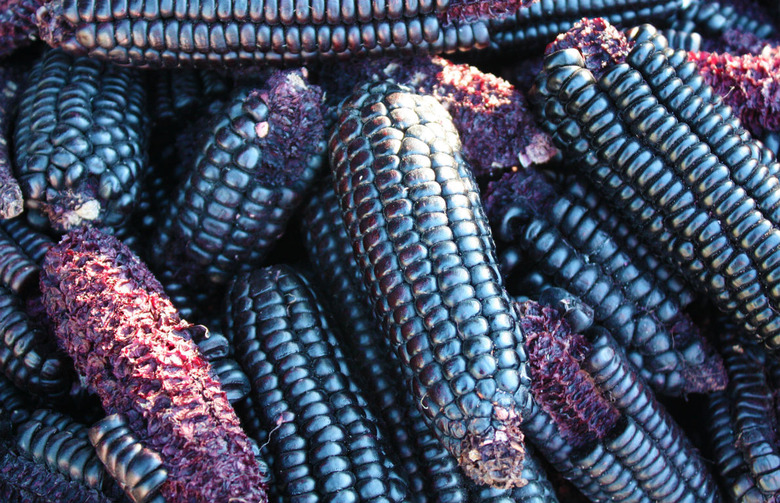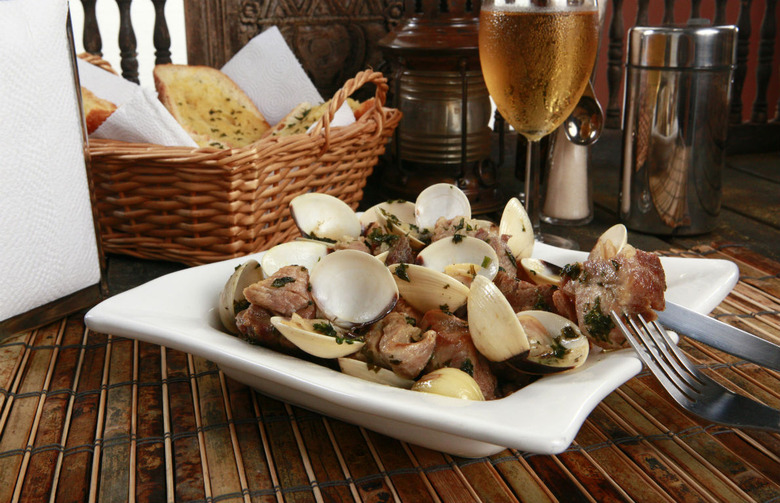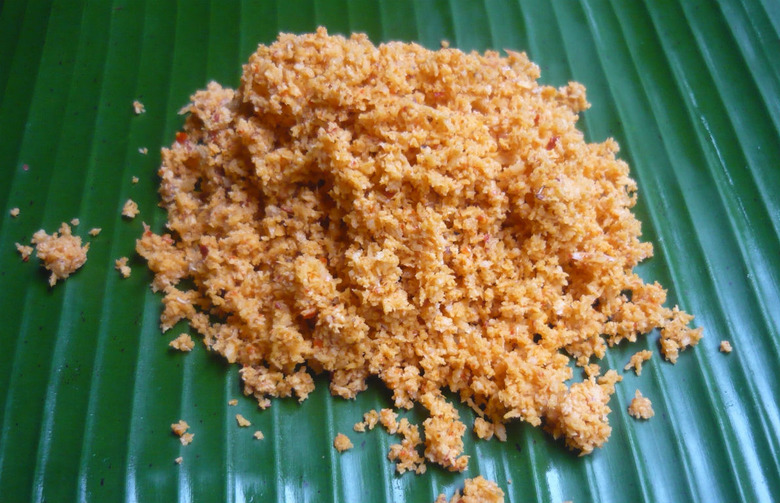10 Most Underrated Cuisines Of The World
10 Most Underrated Cuisines of the World
Ask a person if she wants Italian food, and she will know exactly what you're talking about — and might even know the regional origins of different Italian foods. Ask a person if he wants to eat Laotian, and you'll probably get, "What is that?" as a response. No judgment here; we're just excited to let you know more about what we believe are the world's 10 most underrated cuisines.
Afghan
With Indian, Soviet, and Persian influences — plus a host of grains, fruits, and vegetables native to Afghanistan's mountainous terrain — Afghan food is flavorful and aromatic. The national dish, Kabuli palaw, consists of tender lamb hidden under long-grain rice, raisins, and julienned carrots. Try Afghan food at the Kebob Factory Restaurant in Lorton, Virginia.
Ecuadorian
Ecuadorian cuisine is very diverse, as a result of the country's varying altitudes. Overall, the cuisine is carbohydrate-rich, using potatoes, bread, rice, corn, and yucca, but cuisine of the mountainous region includes more meat and cuisine of the South includes more fruit, especially bananas. Ecuador is home to many different ceviches, including the popular shrimp ceviche in a pool of tomato sauce. Our personal favorite dish? Bollo pescado: fish cooked with cumin, achiote, tomato, peppers, onions, garlic, served on a banana leaf and topped with shrimp ceviche. Try Ecuadorian food at La Humita in Chicago.
Ethiopian
While Ethiopian food has gained popularity in a few metro areas of the United States, it is still largely under the radar. For a typical Ethiopian meal, dip some teff — a delicious (and healthy) flatbread — into one of many wats, or stews. For example, sik sik wat consists of cubed pieces of beef stewed with fenugreek, ginger, cloves, allspice, and nutmeg along with wine and a tomato purée. The heat comes from the black pepper and berbere, an Ethiopian spice mixture including dried red and long chiles — so if you love spicy food, don't miss out on Ethiopian cuisine. Try Ethiopian food at Messob Ethiopian Restaurant in Los Angeles.
Indian-Chinese
We've all probably tasted Indian or Chinese food before, but Indian-Chinese food is a world of its own. The cuisine originated with Kolkata (Calcutta), India's Chinese population center, and contains a wide variety of vegetarian options and no small load of spice. "It's like this brilliant balancing act of a cuisine that walks the tightrope between the cumins and yogurts of the Indian world and the soy sauce bites of Chinese cuisine," says travel blogger Foodie Buddha. Make sure you taste Manchurian, which consists of chicken or fried cauliflower balls in a sweet and salty (and spicy) brown sauce. Try Indian-Chinese food at Tangra Masala in New York City.
Laotian
Lao cuisine holds sticky rice sacred. "Like baguettes in France and sushi in Japan, sticky rice is so ingrained in Laos' culinary heritage that most Laotians don't think about it in isolation," writes Mike Ives on Smithsonian.com. With a variety of herbal and spicy pastes and stews with which to pair this sticky rice, it's really hard to go wrong with Laotian cuisine. The national dish of Laos is larb, a minced meat salad with toasted rice, chile, mint, and assorted vegetables (also eaten in the Isaan region of Thailand, where there is a strong Laotian influence). Try Laotian food at Bida Manda in Raleigh, North Carolina.
Filipino
The New York Times calls Filipino food "the underdog of Asian cuisines," and they are not wrong. The Philippines has a very interesting culinary heritage, with Spanish, Malay, American, and native Austronesian influences. The result is some version of divine. Try the popular breakfast dish tapsilog, which consists of tapa (thin slices of cured meat, usually beef or mutton), garlicky fried rice, and a fried egg. Try Filipino food at Maharlika Filipino Moderno in New York City.
Native American (Southwest)
There are a whole host of popular American foods not many people know were invented by Native Americans, but unfortunately, we don't know much about traditional Native American cuisine, and the history behind this fact is a tragic one. Native Americans were relocated from the lands they relied on for their crops and were forced to subsist on flour, sugar, and powdered milk by the U.S. government, so much of the original culinary heritage is lost. However, in Arizona and New Mexico, Southwest Native American cuisine is experiencing a revival, with items like frybread and tepary beans showing up on menus. A must-try dish is the Hopi piki bread, for which ground blue corn mixed with burnt ashes of juniper trees is flattened on a baking stone and, when cooked, rolled into scrolls. Try Native American food, from various regions, at Mitsitam Café in Washington, D.C.
Peruvian
"The cuisine of Peru is outstanding," writes Daily Meal contributor Robert Rosenthal. "At its most inventive, it is a mashup of local Latin seafood with a Japanese influence. It's where Nobu cut his teeth, so to speak." It's true: celebrity chef Nobu Matsuhisa gained notoriety for his bold fusion of Japanese and Peruvian food, with items like miso-anticucho sauce and tiradito — sliced, raw fish in a spicy sauce, usually aji amarillo (made from bright yellow, subtle but piquant aji chiles). The genetic diversity of the country's crops is vast, with many varieties of potato, corn, fruit, legumes, and more, and it results in a fantastic cuisine. For comfort food, try papas rellenas: potato croquettes stuffed with chopped beef, onions, olives, hard boiled eggs, cumin, and other spices. Try Peruvian food at Cvi.che 105 in Miami.
Portuguese
Iberian and Mediterranean with strong Moorish influence is one way to describe Portuguese food, but it doesn't do the cuisine justice. Take alheira sausages, for example; these no-pork sausages, which usually contain chicken or rabbit meat, which were invented by Portuguese Jews in hiding. Jews were easily identifiable for not eating pork, so many Jewish butchers hung these sausages in their windows, pretending it was pork. This is all to say that Portugal's cuisine is very informed by its history, be it the Inquisition or the Age or Exploration, which introduced the famous piri-piri sauce (made from African birds' eye chiles) into its cuisine. Stews are big in Portugal; try porco à alentejana, an aromatic stew of pork, clams, and potatoes. Try Portuguese food at Seabra's Marisqueira in Newark, New Jersey.
Sri Lankan
Seafood, chiles, coconut, and rice dominate Sri Lankan cuisine, which has Indian, Dutch, and Portuguese influences. One popular item is kottu, a fried rice-like dish that uses shredded roti instead of rice — an ingenious idea — served with a very spicy curry sauce, as most Sri Lankan dishes are. You'll find almost any Sri Lankan dish accompanied by pol sambola: shredded coconut with red chiles, salt, fish chips, onions, and lime. Try Sri Lankan food at Sigiri in New York.
